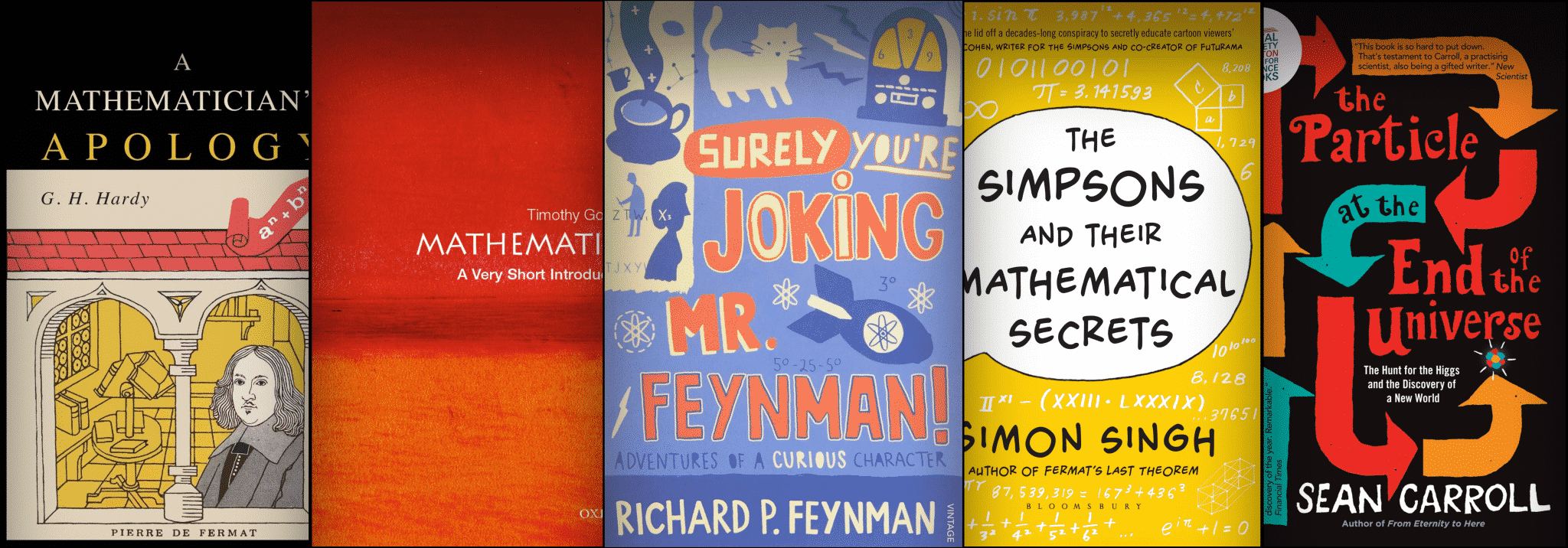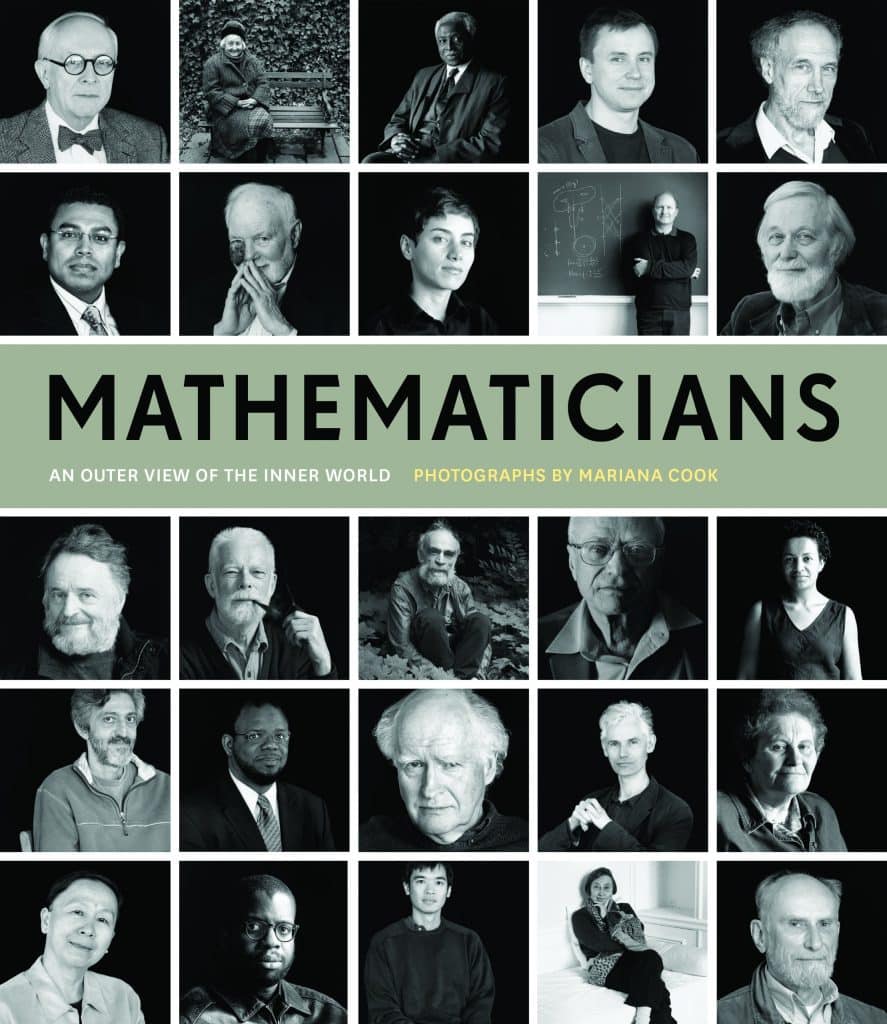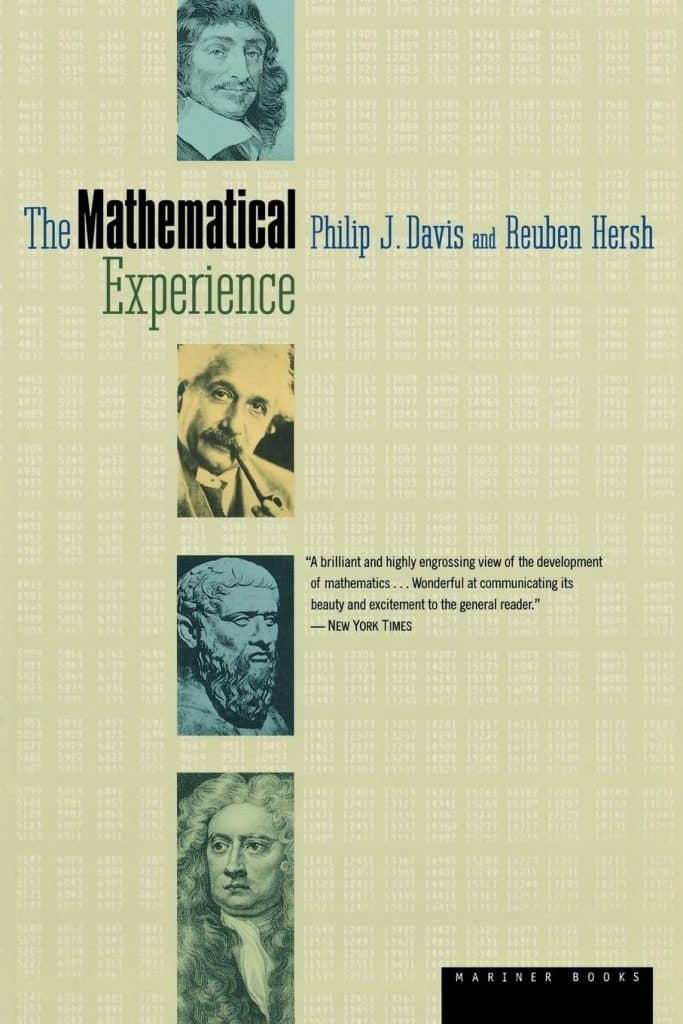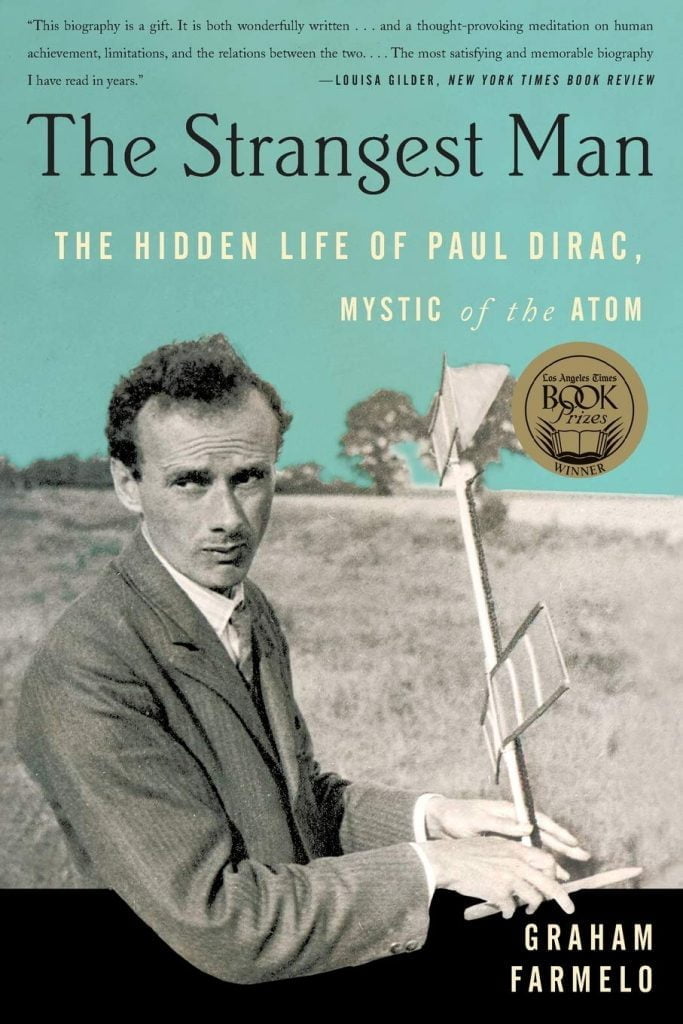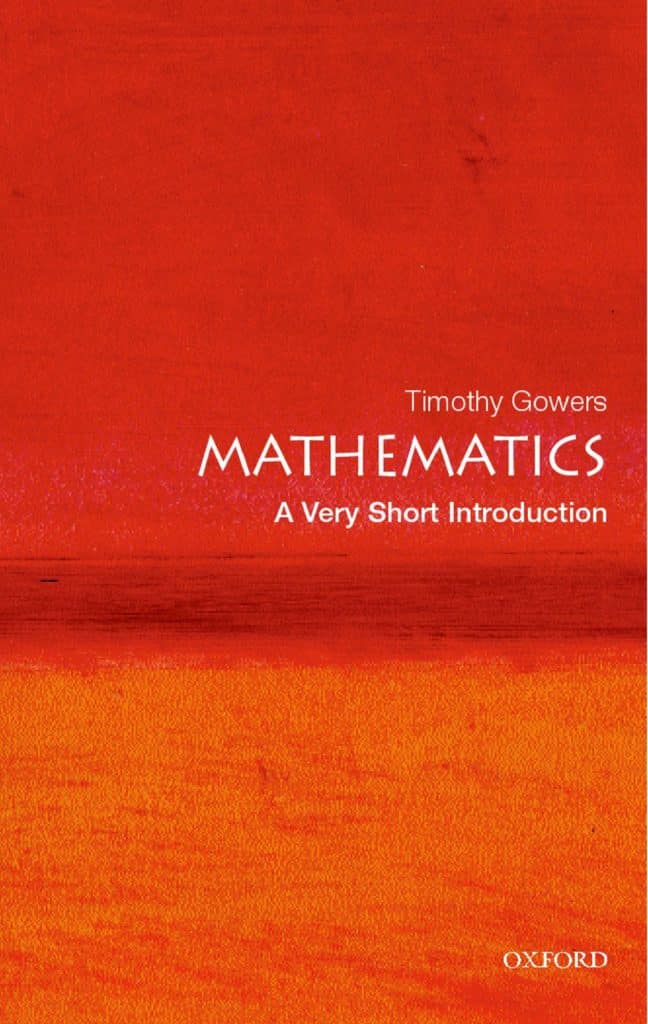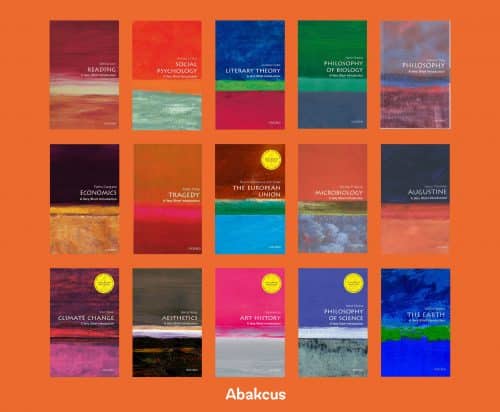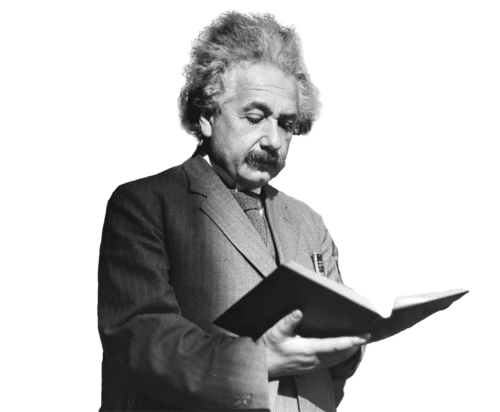Hey, math people! The University of Cambridge prepared a unique list of math books you should read in 2022.
This list of interesting math books you should read is mainly intended for sixth-formers planning to take a degree in mathematics. However, everyone who likes mathematics should look at some very suitable items for less experienced readers, and even the most hardened mathematician will probably find something new here.
What are the most useful math books you should read?
The range of mathematics books now available is enormous. This list contains a few suggestions that you should find helpful. They are divided into three groups: historical and general which aim to give a broad idea of the scope and development of the subject; recreational, from problem books which aim to keep your brain working, to technical books, which give you insight into a specific area of mathematics and include mathematical discussion; and textbooks which cover a topic in advanced mathematics of the kind that you will encounter in your first year at university.
In the Music of the Primes, Marcus du Sautoy tells the illuminating, authoritative, and engaging story of Bernhard Reimann and the ongoing quest to capture the holy grail of mathematics—the formula to predict prime numbers.
Oliver Sacks, the author of The Man Who Mistook His Wife for a Hat, calls The Music of the Primes “an amazing book. . . . I could not put it down once I had started.” Simon Winchester, the author of The Professor and the Madman, writes, “this fascinating account, decoding the inscrutable language of the mathematical priesthood, is written like the purest poetry.
Marcus du Sautoy’s enthusiasm shines through every line of this hymn to the joy of high intelligence, illuminating as it does so even the darkest corners of his most mysterious universe.”
A wonderful collection of ninety-two photographic portraits of some of the greatest mathematicians of all time can be seen in Mathematicians. The beautiful photos by renowned photographer Mariana Cook are supplemented by concise autobiographical prose written by each mathematician. Cook portrays the vivacious and colorful personalities of these outstanding thinkers. Together, the images and text portray a broad collection of people committed to the fascinating study of mathematics.
Readers are introduced to young and old mathematicians, dads and children, spouses and wives through the fascinating black-and-white photographs. They include Fields Medal winners, people just starting out in their significant careers, and established luminaries in the field. As the mathematicians discuss how they became interested in mathematics, why they love the subject, how they stay motivated in the face of mathematical challenges, and how their greatest contributions have paved new paths for future generations, their candid personal essays reveal unique and wide-ranging thoughts, opinions, and humor. David Blackwell, Henri Cartan, John Conway, Pierre Deligne, Timothy Gowers, Frances Kirwan, Peter Lax, William Massey, John Milnor, Cathleen Morawetz, John Nash, Karen Uhlenbeck, and numerous other mathematicians are among those mentioned in the book.
This photography collection is an inspiring tribute to mathematicians everywhere, conveying the beauty and excitement of mathematics to individuals both inside and beyond the subject.`
Sofya Vasilievna Kovalevskaya, a professor of mathematics at the University of Stockholm, published her memories of growing up in Russia in the middle of the nineteenth century in 1889. Professor Kovalevskaya was already well-known on a global scale, albeit perhaps not for the reasons she should have been: less as the accomplished mathematician she was than as a “mathematical lady”—a strange but intriguing phenomenon.
Her novel became popular right away. She had originally intended for it to be published in Swedish, the language of her chosen country.
Discover the world of mathematics like never before in this beautifully written and thought-provoking book, The Mathematical Experience. Whether you’re a cultivated thinker or a practicing mathematician, The Mathematical Experience offers a unique vantage point to explore the vast landscape of mathematics.
More than just a mathematics book, The Mathematical Experience delves into the philosophy, psychology, history, and biographies of mathematicians. It is a comprehensive guide to the mathematical experience in all its forms.
Perfect for liberal arts students, future teachers, or anyone interested in mathematics, this book includes term paper topics, essay assignments, problems, computer applications, and suggested readings. It is a valuable resource for any mathematics course or as casual reading material.
This new edition delves into the fundamental issues of mathematics that are often overlooked. It provides an excellent initiation into the more challenging aspects of the subject, helping readers acquire a real understanding of mathematics.
Written by distinguished mathematicians, this book offers a clear and engaging exploration of the Queen of Sciences. Get ready to be entertained and enlightened as you dive into the fascinating world of mathematics.
In “The Strangest Man: The Hidden Life of Paul Dirac,” Graham Farmelo presents a captivating account of the extraordinary mathematician and physicist, Paul Adrien Maurice Dirac (1902-1984). Despite his groundbreaking contributions to atomic theory and a Nobel Prize at the age of 31, Dirac remains largely unknown to the public. Farmelo brings this hidden genius to light, providing a detailed and engaging exploration of Dirac’s brilliance in physics, including his prediction of antimatter.
Dirac’s upbringing was marked by a strict father and an austere lifestyle, which may have contributed to his peculiarities. Known for his cold demeanor, lack of empathy, and social awkwardness, Farmelo suggests that Dirac’s unusual behavior could be attributed to autism. Despite these social challenges, Dirac excelled academically, studying electrical engineering and mathematics before earning a scholarship to study physics at the University of Cambridge.
As the field of quantum physics was taking shape, Dirac played a vital role in shaping the theory. Surrounded by ambitious and competitive physicists, Dirac stood out for his ability to articulate his vision clearly and concisely. Drawing from his passions as a physicist, mathematician, and engineer, Dirac’s work merged theory and practicality.
However, as Dirac’s career progressed, his intellectual sharpness began to fade. Farmelo describes the melancholy of watching Dirac fade into the background of theoretical physics while a new generation took center stage. In the late 1960s, Dirac finally slowed down and moved to Florida with his family.
For those, like Dirac, who had dedicated their lives to unraveling nature’s secrets, witnessing the discovery of countless subatomic particles and the ensuing chaos in physics was a painful experience. In his later years, Dirac grappled with disillusionment and a deep sense of failure, leaving behind a legacy of untapped potential.
“The Strangest Man” offers an absorbing narrative of an enigmatic and brilliant mind, shedding light on the tumultuous life and groundbreaking achievements of Paul Dirac.
This book is meant to assist candidates in getting ready for admission exams in math and science, including STEP (Sixth Term Examination Paper). The Cambridge colleges base their conditional offers on the STEP exam. Warwick University also uses them, and many other mathematics departments advise their applicants to prepare for the previous exams even if they decide not to take the test. Even for those who do not intend to take the Sixth Term Examination Paper, Advanced Problems in Mathematics is suggested as a prerequisite for any undergraduate mathematics subject.
The syllabus for Papers I and II, which is primarily the A-level core (i.e., C1 to C4) with a few changes, is addressed by the questions that make up this book. They are all based on recent STEP questions that were chosen for this purpose. A comment and a comprehensive answer are provided for each query. The reader’s attention is drawn to important details in the comments, which also place the query in its proper mathematical context. The answers guide students toward the approach needed to solve complex mathematical issues thoughtfully and on their own. Every student who plans to pursue a science major in college or who has an interest in advanced mathematics should read this book.
“Martin Gardner is solely responsible for the development of the field of “recreational mathematics,” whether he is talking about hexaflexagons, number theory, Klein bottles, or the meaning of “nothing.” The most well-known essays from Gardner’s illustrious “Mathematical Games” column, which appeared in Scientific American for twenty-five years, are collected in The Colossal Book of Mathematics. Inspiring readers to look beyond numbers and formulae and explore the application of mathematical principles to the mysterious world around them, Gardner’s collection of captivating puzzles and mind-bending paradoxes opens mathematics accessible to the general public. This collection of essays is a substantial and conclusive memorial to Gardner’s contributions to mathematics, science, and culture. The topics covered in the essays range from basic algebra to the twisting surfaces of Mobius strips, from an endless game of Bulgarian solitaire to the impossibility of time travel.
The Colossal Book of Math tackles a wide range of topics in its twelve sections, each strikingly brought to life by Gardner’s sharp insight. Gardner expertly leads us through complex and wondrous worlds by starting with topics that appear to be simple: using basic algebra, we consider the fascinating, frequently hilarious, linguistic and numerical possibilities of palindromes; using simple geometry, he dissects the principles of symmetry that the renowned mathematical artist M. C. Escher uses to create his unique, dizzying universe. Few contemporary philosophers combine a deep aesthetic, and imaginative impulse with a strict scientific skepticism like Gardner does. For instance, in his breathtaking investigation of “The Church of the Fourth Dimension,” he masterfully imagines the geographical possibilities of God’s presence in the world as a fourth dimension, at once “everywhere and nowhere,” bridging the gap between the worlds of science and religion.
Gardner enables the reader to further engage difficult subjects like probability and game theory, which have bedeviled shrewd gamblers and illustrious mathematicians for generations, with unlimited wisdom and his signature humor. Gardner consistently demonstrates his ferocious intelligence and sweet humor, whether disproving Pascal’s wager with elementary probability, creating musical patterns with fractals, or unraveling a “knotted doughnut” using basic topology. Hexaflexagons, “Nothing,” and “Everything,” as well as the reassuringly familiar “Generalized Ticktacktoe” and “Sprouts and Brussel Sprouts” are both confronted in his writings. He expertly navigates these mind-bogglingly obscure themes, and with addenda and recommended reading lists, he enriches these great essays with a fresh perspective.
Gardner is admired by mathematicians, physicists, writers, and readers alike for his immense knowledge and insatiable curiosity, which shine through on every page. The Colossal Book of Mathematics is the largest and most thorough math book ever put together by Gardner and remains a vital resource for both amateur and experienced mathematicians. It is the product of Gardner’s lifetime passion for the wonders of mathematics.”
“So goes the story of Gordius, king of Phrygia, and his tight Knot. However, Alexander the Great simply sliced the Knot with his sword after many had tried and failed. He finally made it as far east as Northern India after conquering the majority of Asia.
Cut the Knot is a collection of probability puzzles designed to stretch the mind and improve logical and mathematical reasoning. These problems and their solutions were originally published on cut-the-knot.org and reflect the work of brilliant minds worldwide. Alexander Bogomolny will walk you through these chosen riddles following a thematic sequence. Before reading their solutions, give them a try. The non-trivial, unexpected solution might be just what you need, as it was for Alexander the Great.”
Get ready for a one-of-a-kind book review that will blow your mind! “Surely You’re Joking, Mr. Feynman!” is a collection of stories and anecdotes from the life of the incredible physicist, Richard Feynman. Trust me, this is not your typical autobiography. Feynman takes us on a journey through his fascinating mind and life with humor, wit, and insight. I loved it so much that I couldn’t help but share some of my favorite quotes in a blog post.
What makes this book truly special is Feynman’s conversational writing style. It feels like you’re having a therapy session with him, only way more fun. From his childhood experiments, where he broke radios just to understand how they worked, to his adventures in the Manhattan Project and even playing bongos in a samba band, Feynman‘s curiosity and sense of humor will keep you hooked.
But it’s not all fun and games. Feynman drops some serious knowledge bombs along the way. He emphasizes the importance of true understanding, self-awareness, and individuality. He teaches us that we should pursue meaningful work that makes a real difference and not worry about living up to other people’s expectations. These lessons apply not just to science but to life in general.
Prepare to be delighted and entertained by “Surely You’re Joking, Mr. Feynman!” It’s a must-read for anyone who appreciates a good story and seeks valuable insights into science, creativity, and curiosity. Whether you’re a scientist or just someone looking for inspiration, this book will leave a lasting impact. So grab a copy and get ready to be inspired by the genius of Richard Feynman.
“This book’s goal is to carefully but untechnically illustrate the distinctions between high-level, research-level mathematics and the kind of mathematics we learn in school. Readers of this book will leave with a deeper grasp of seemingly counterintuitive ideas like infinity, curved space, and imaginary numbers since the most fundamental distinctions are philosophical. The opening chapters discuss general facets of mathematical theory. Following these are talks of more specialized subjects, and the book concludes with a chapter that addresses frequently asked social concerns concerning the mathematical community, such as “Is it true that mathematicians burn out at the age of 25?” Anyone who wants to better grasp mathematics should start with this introduction.”

